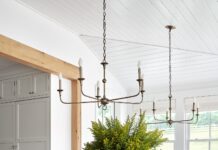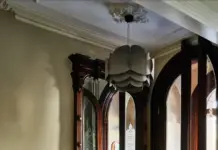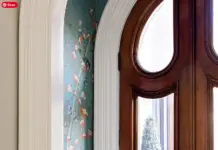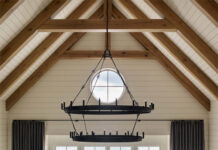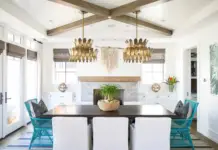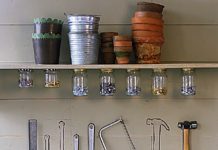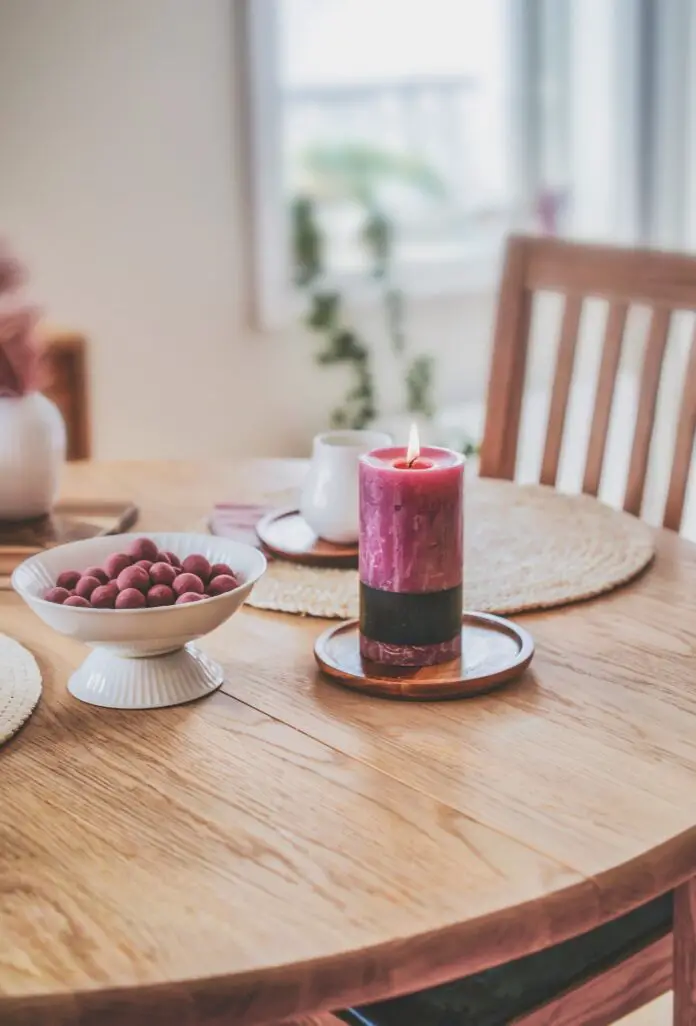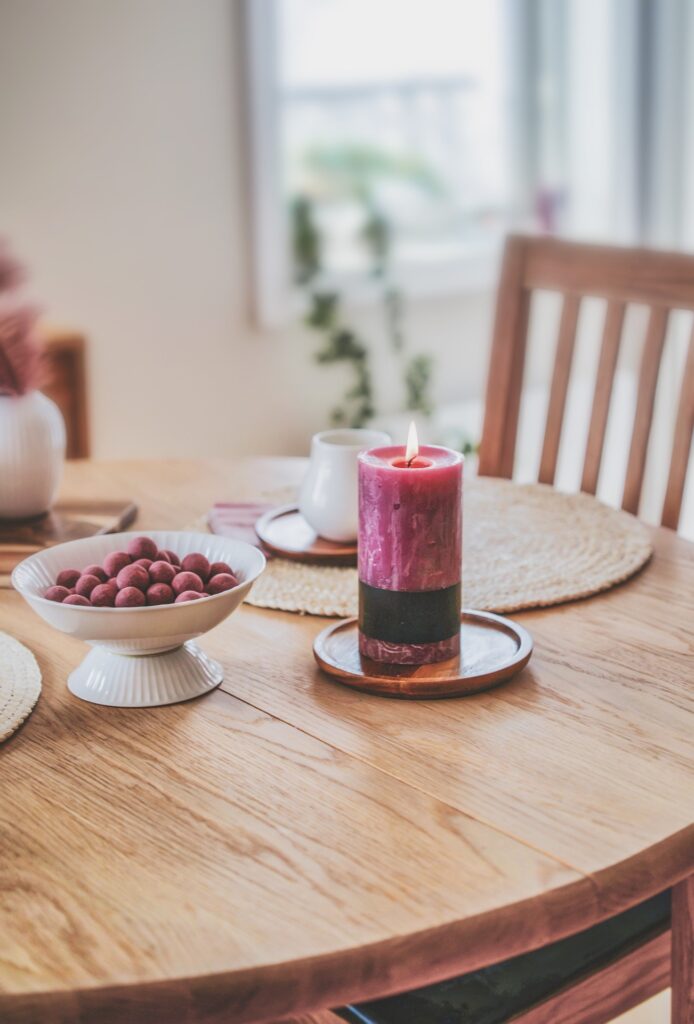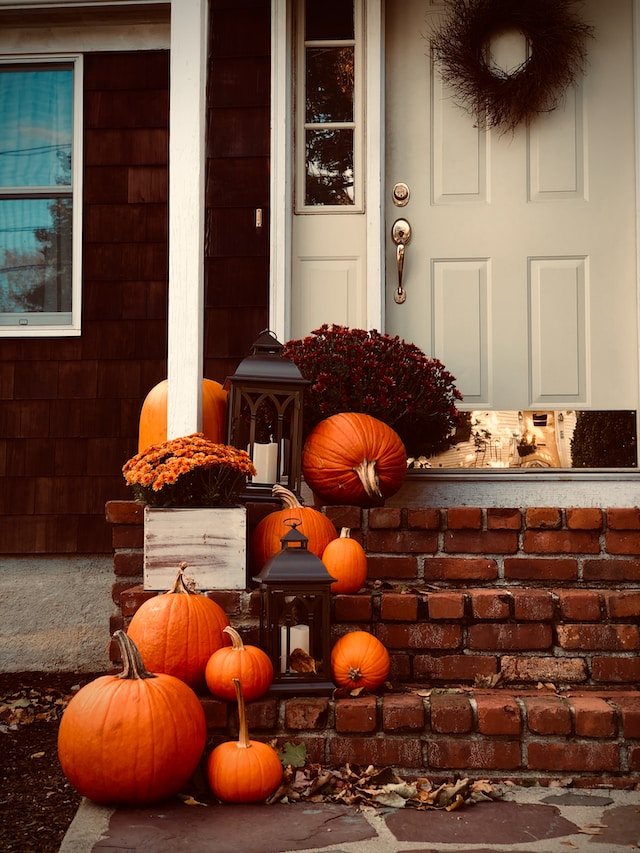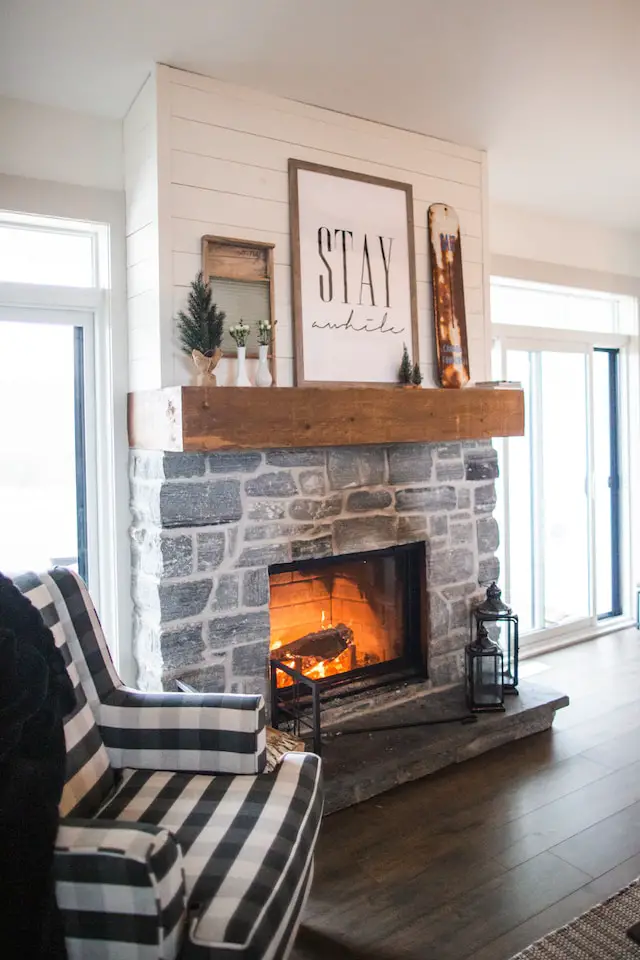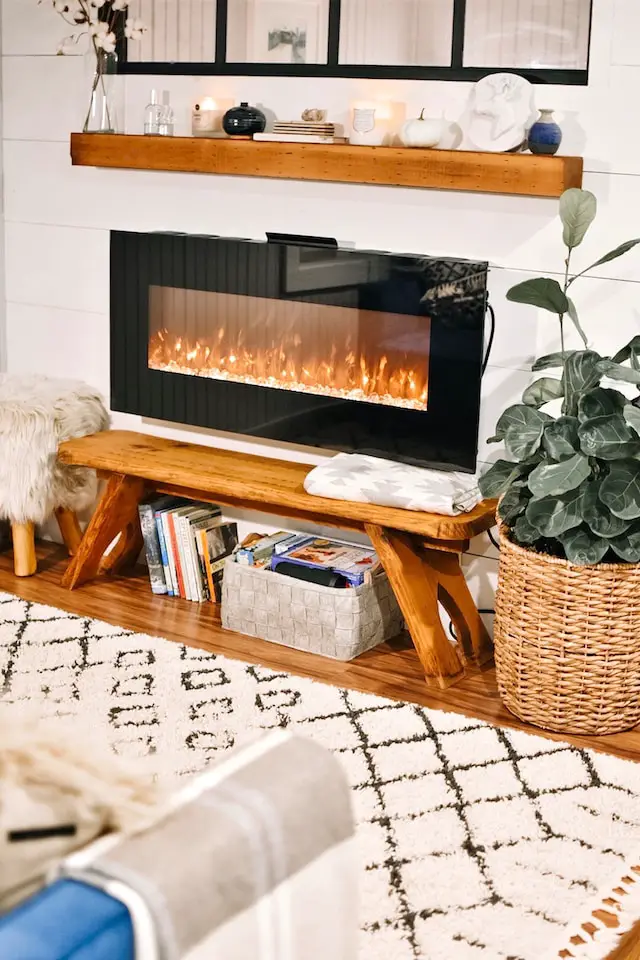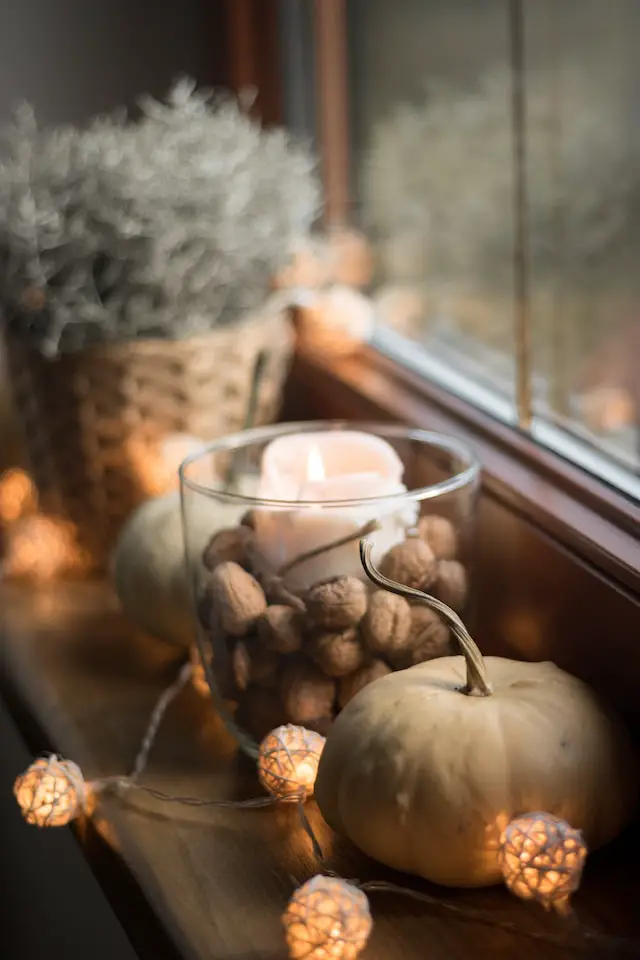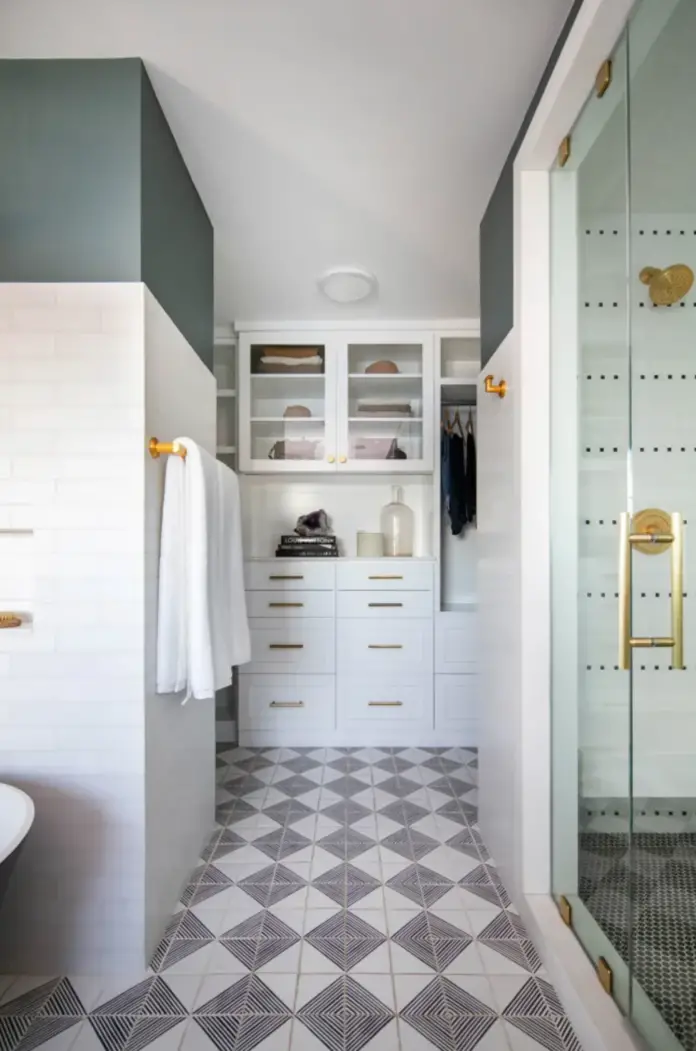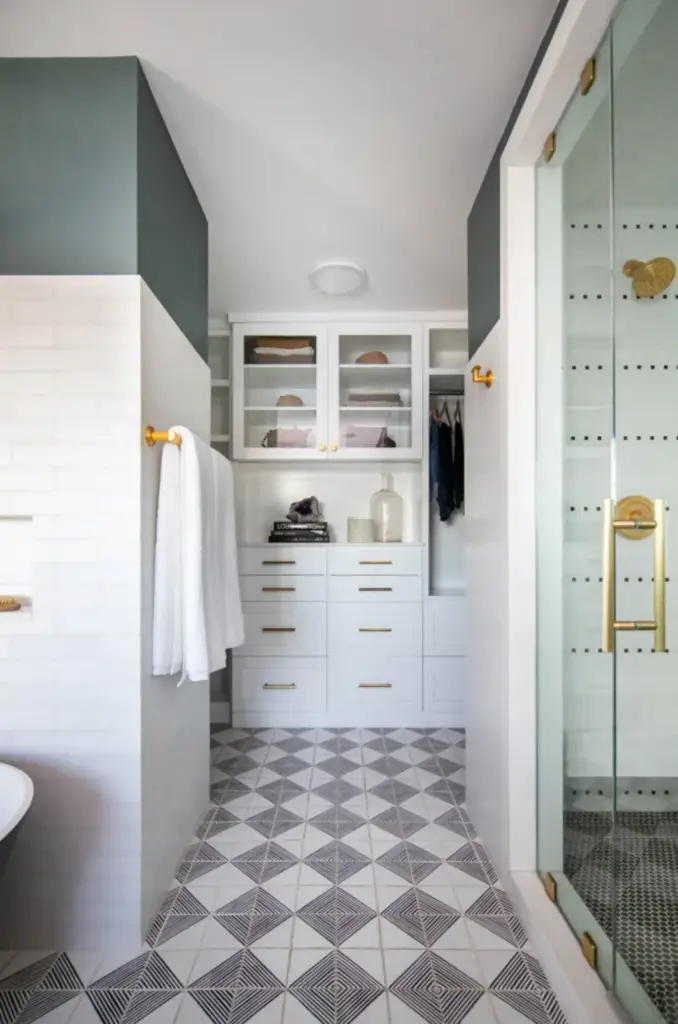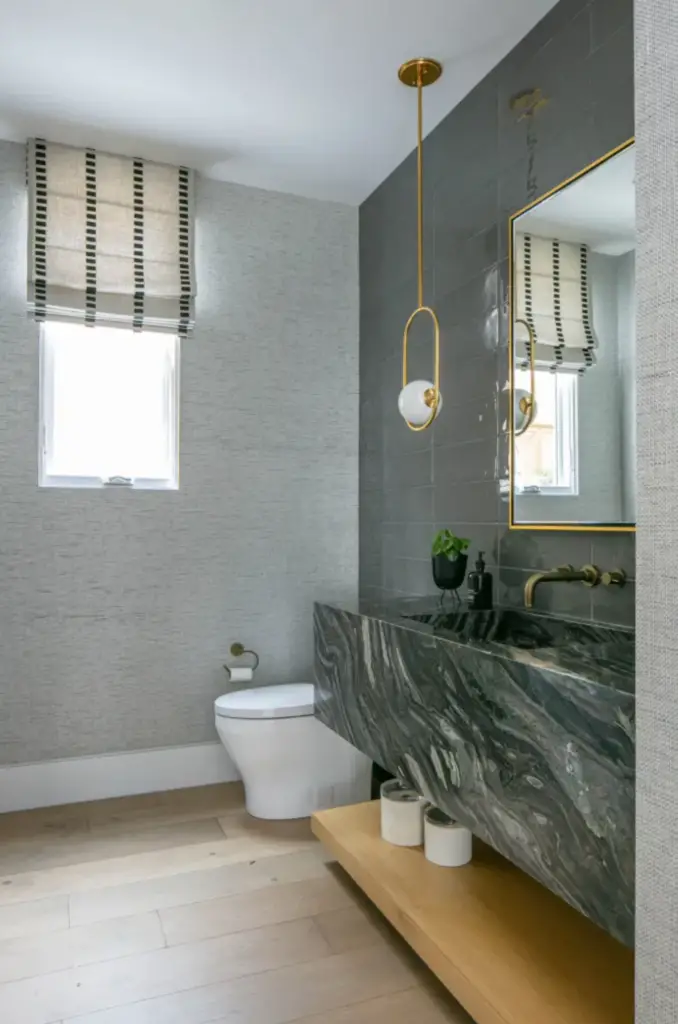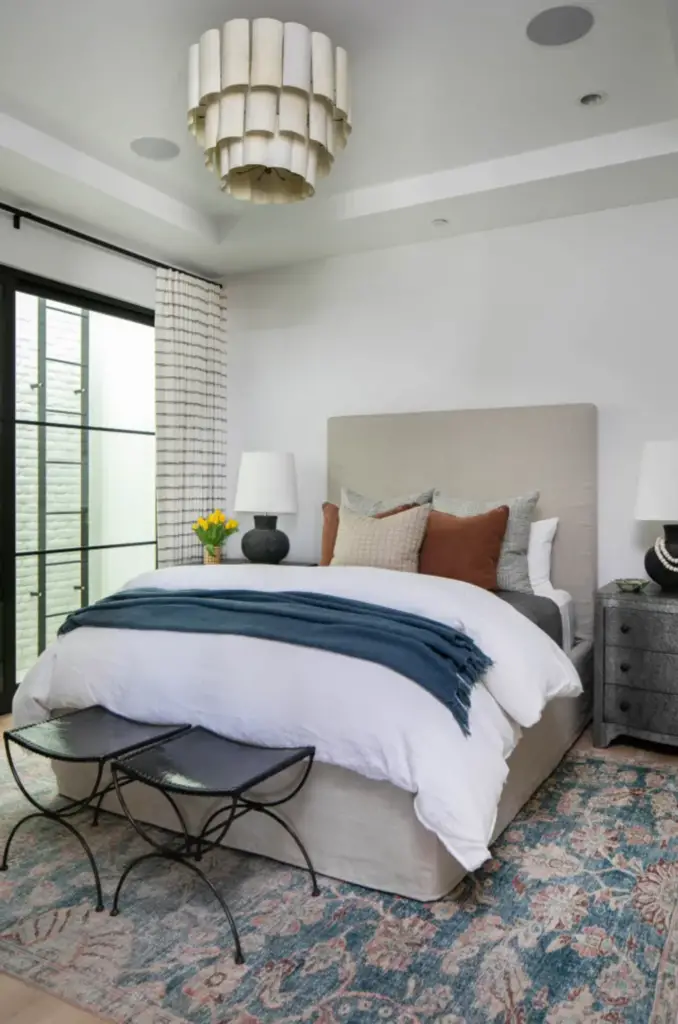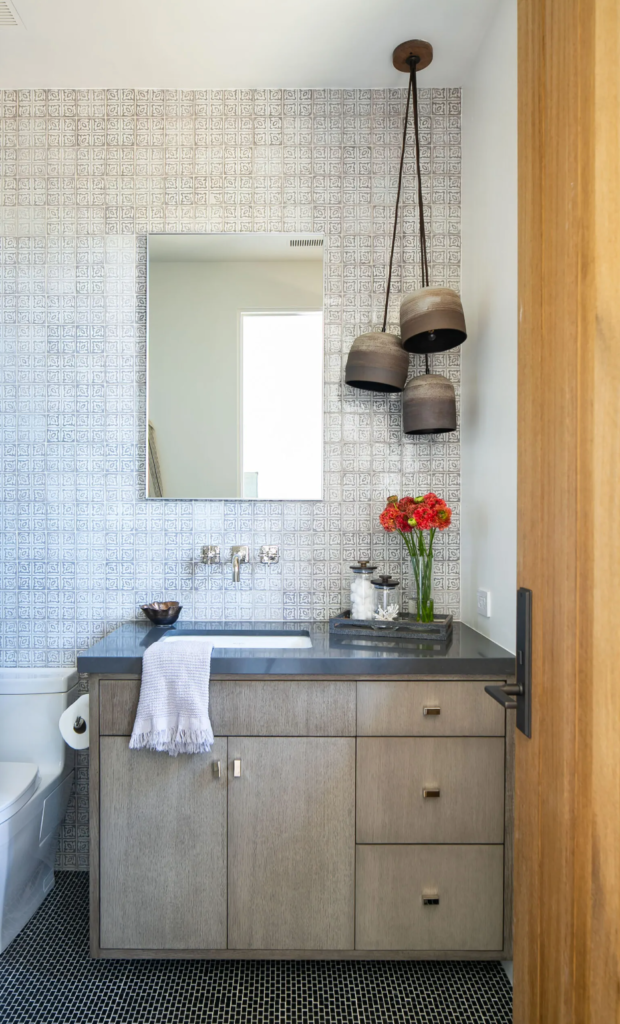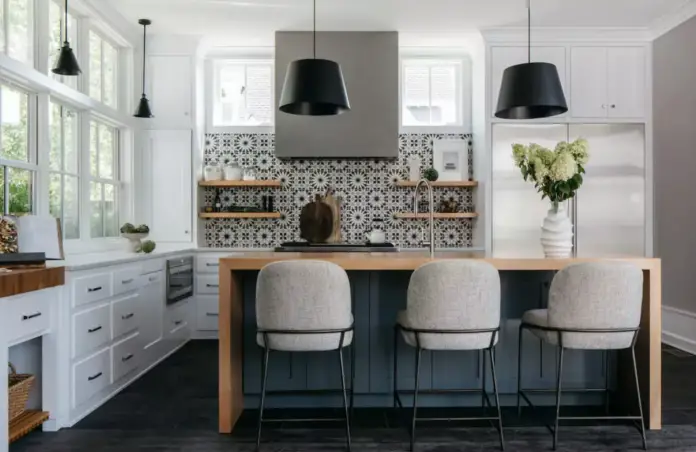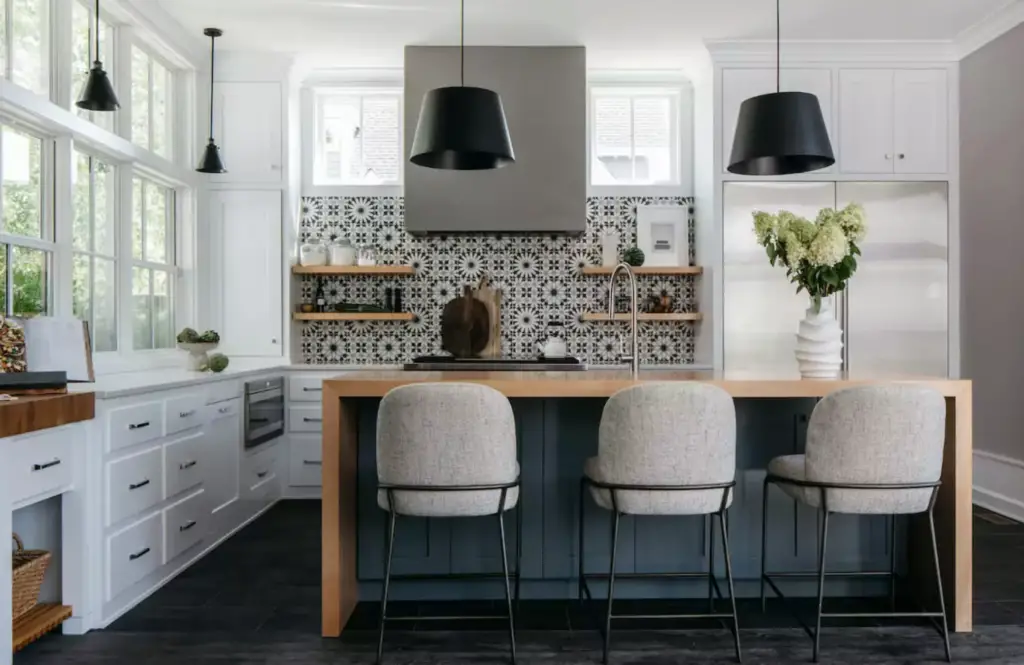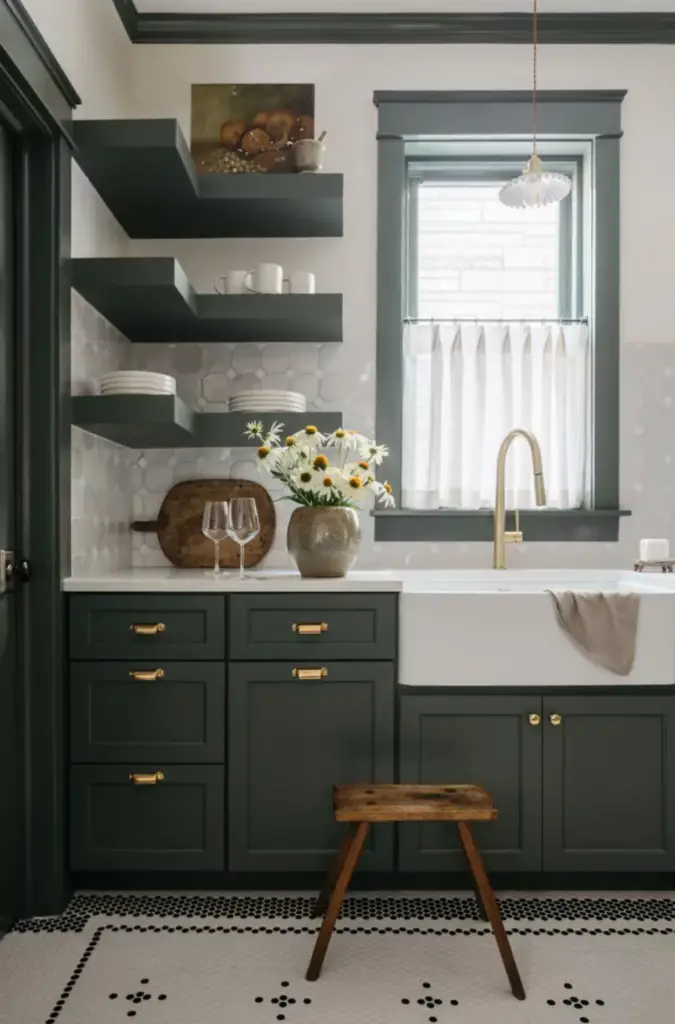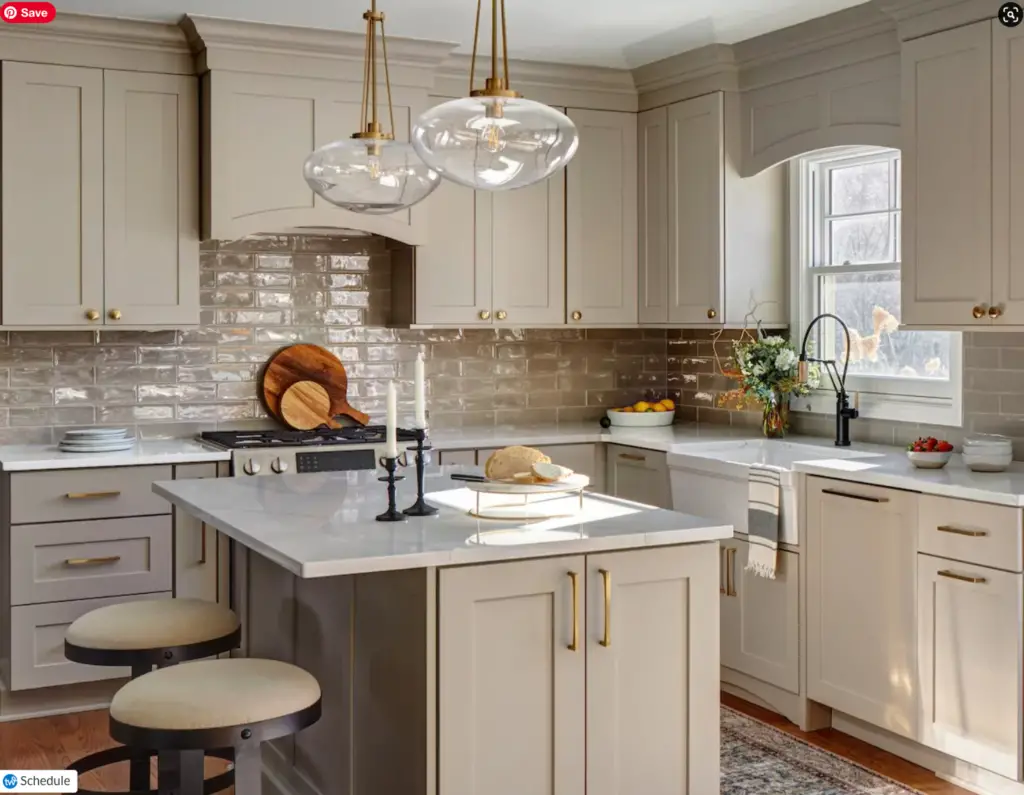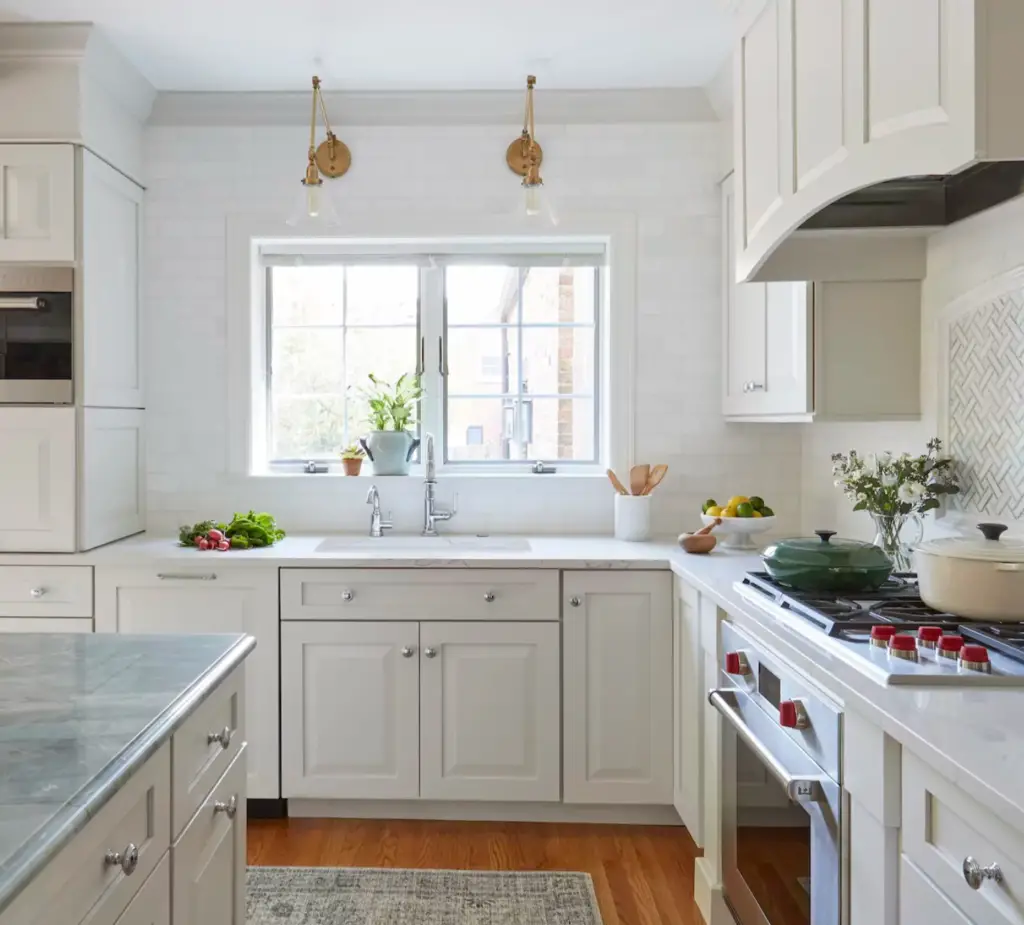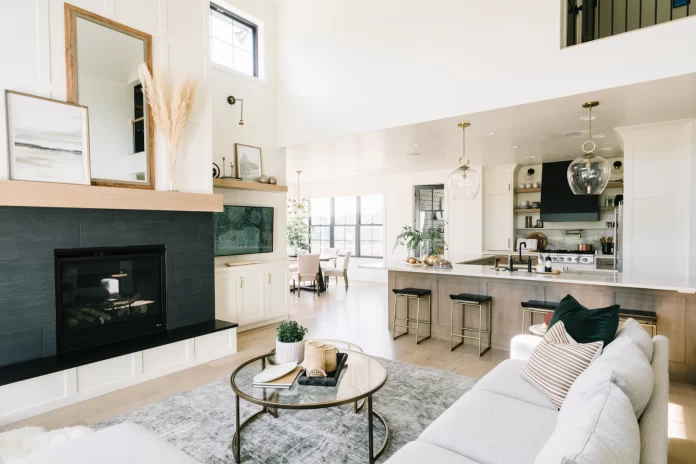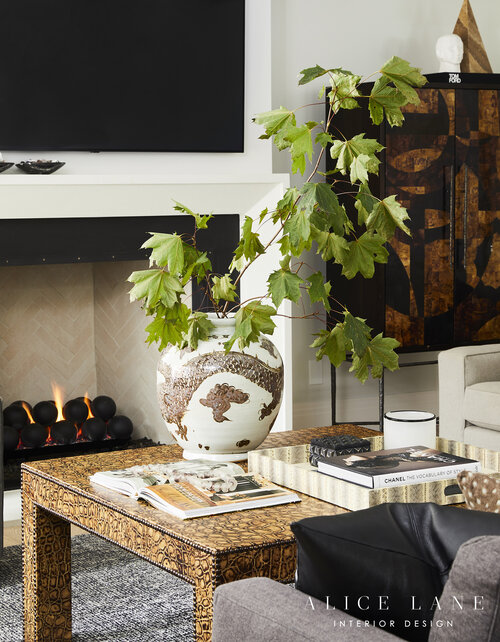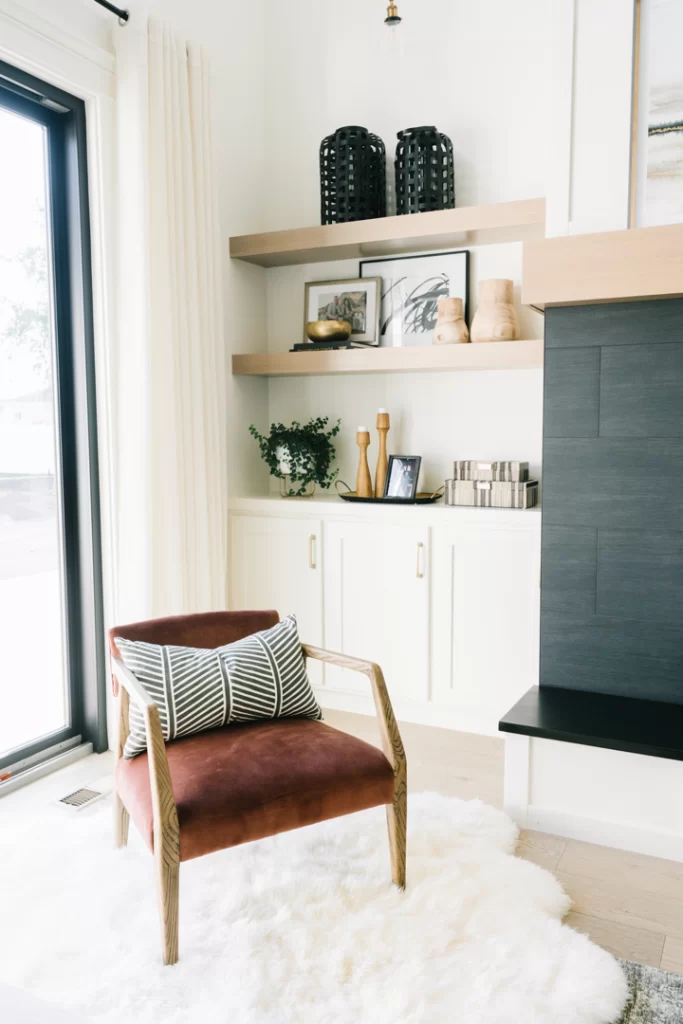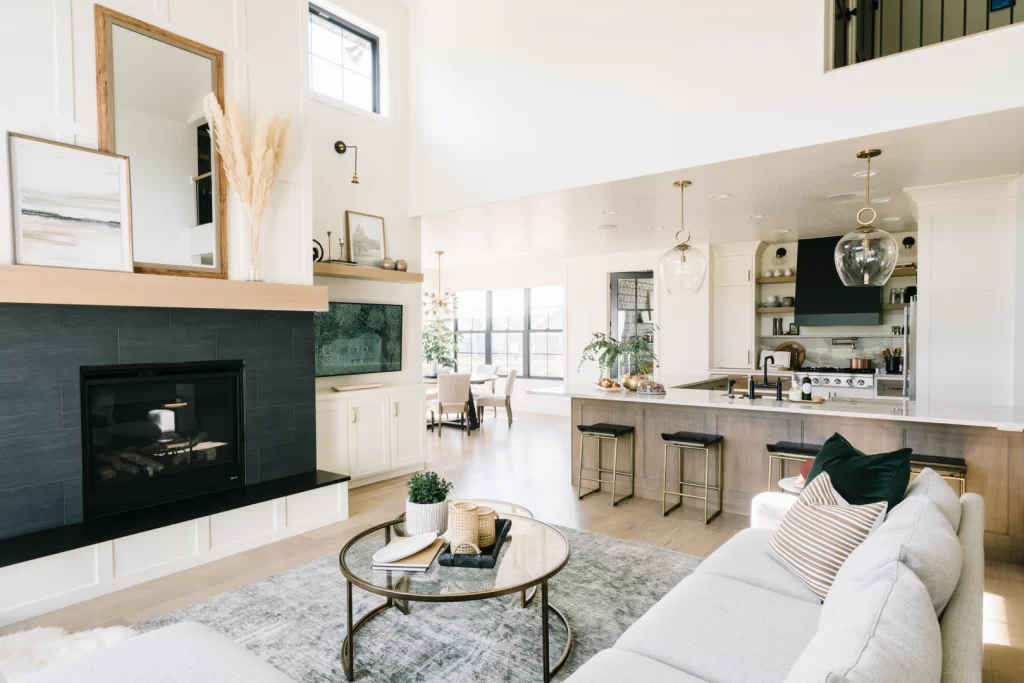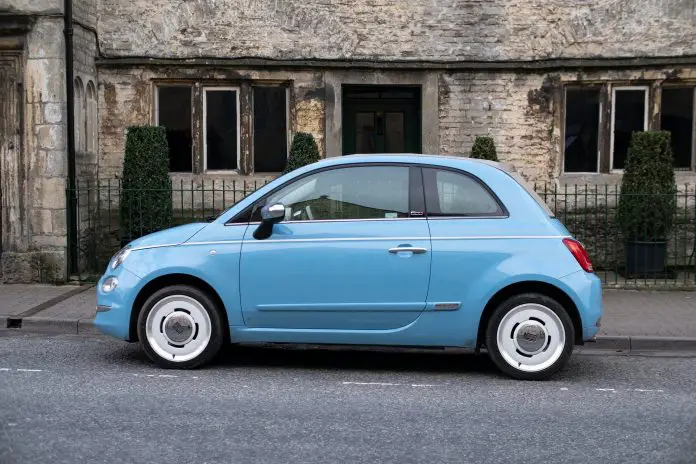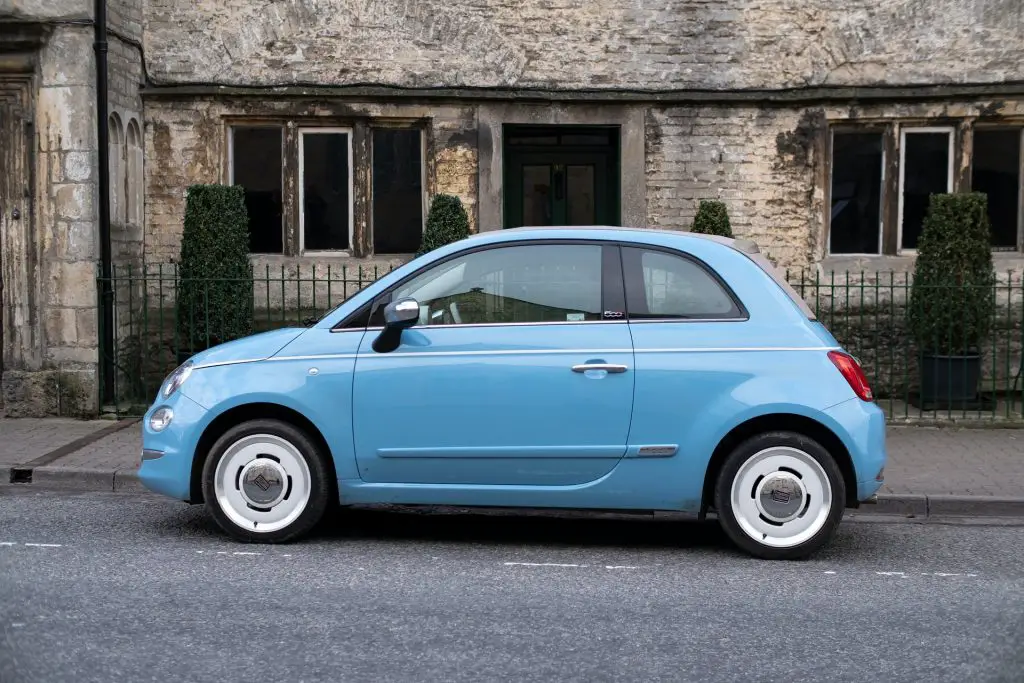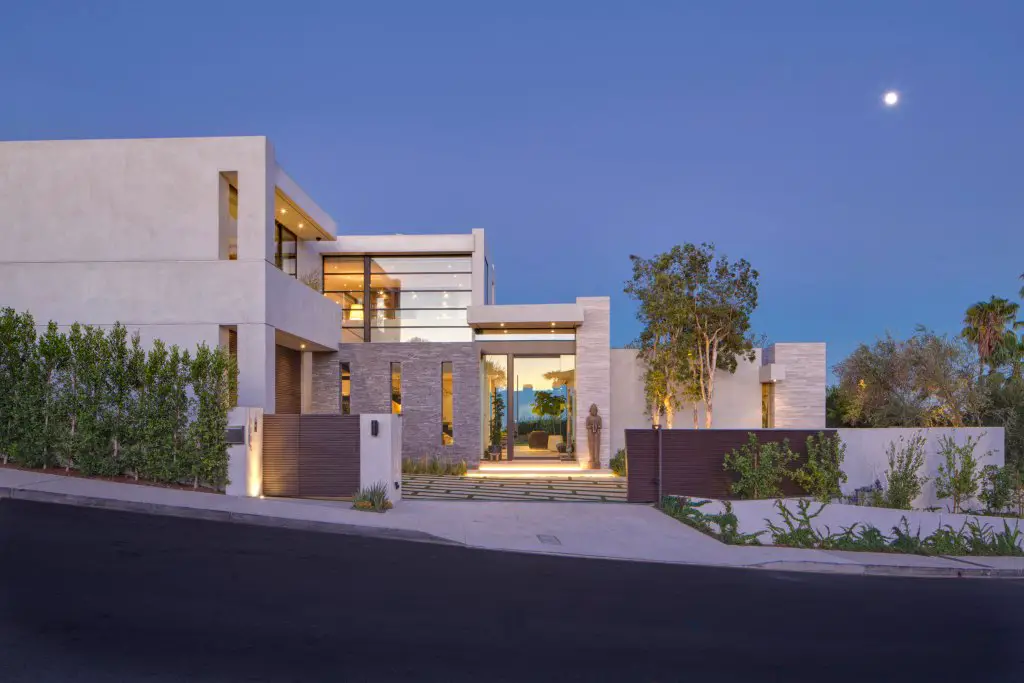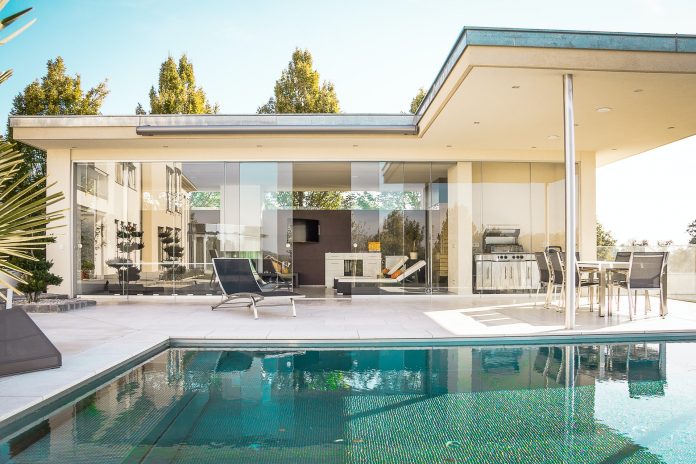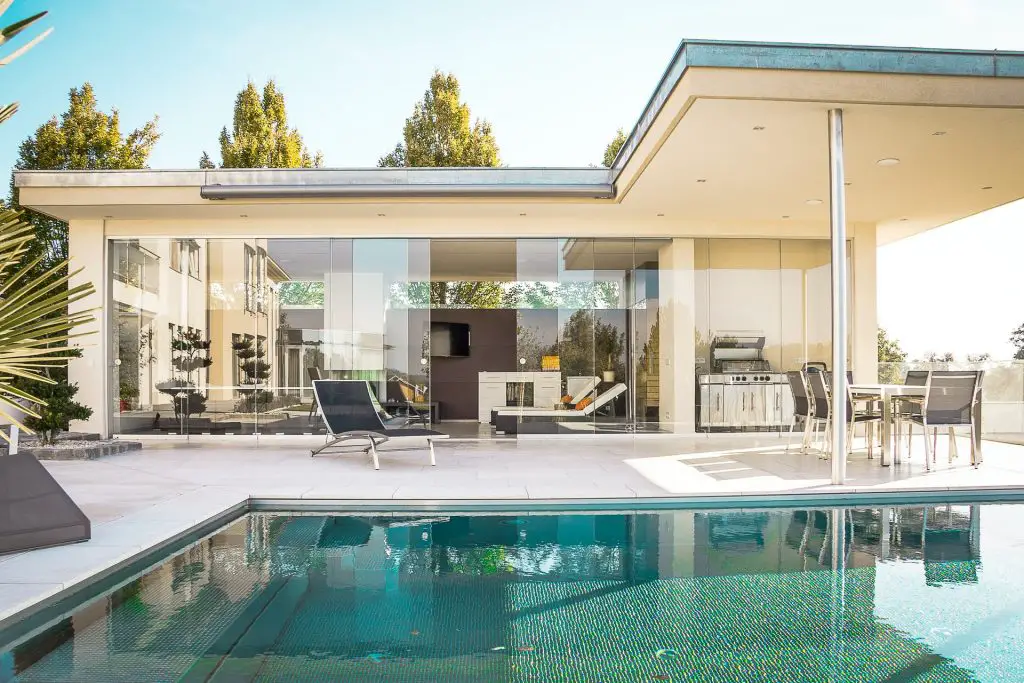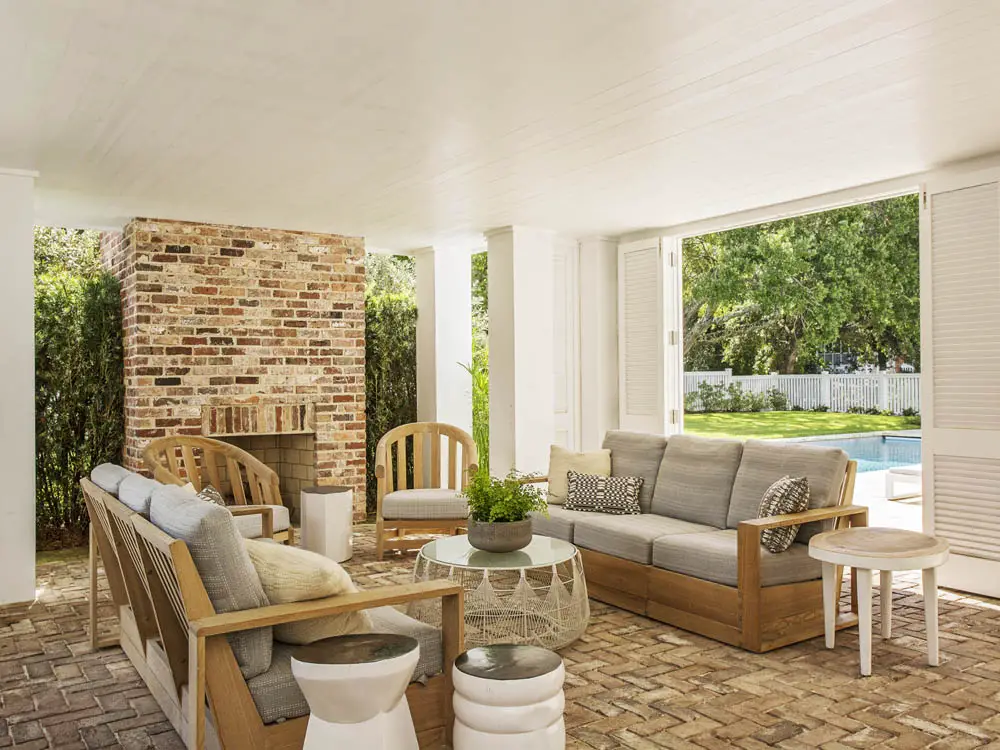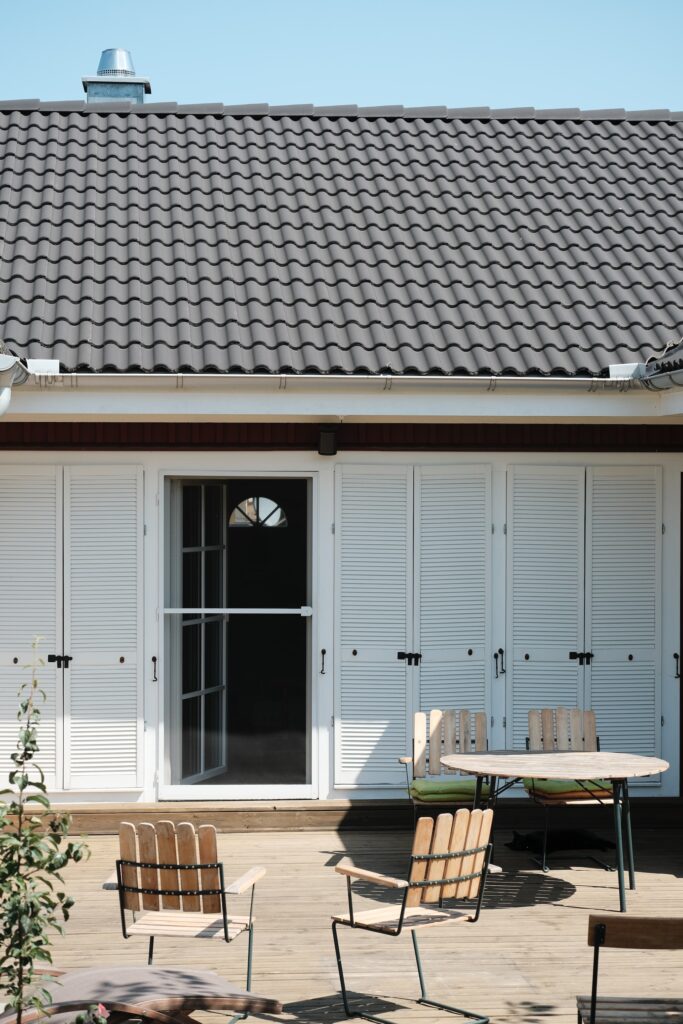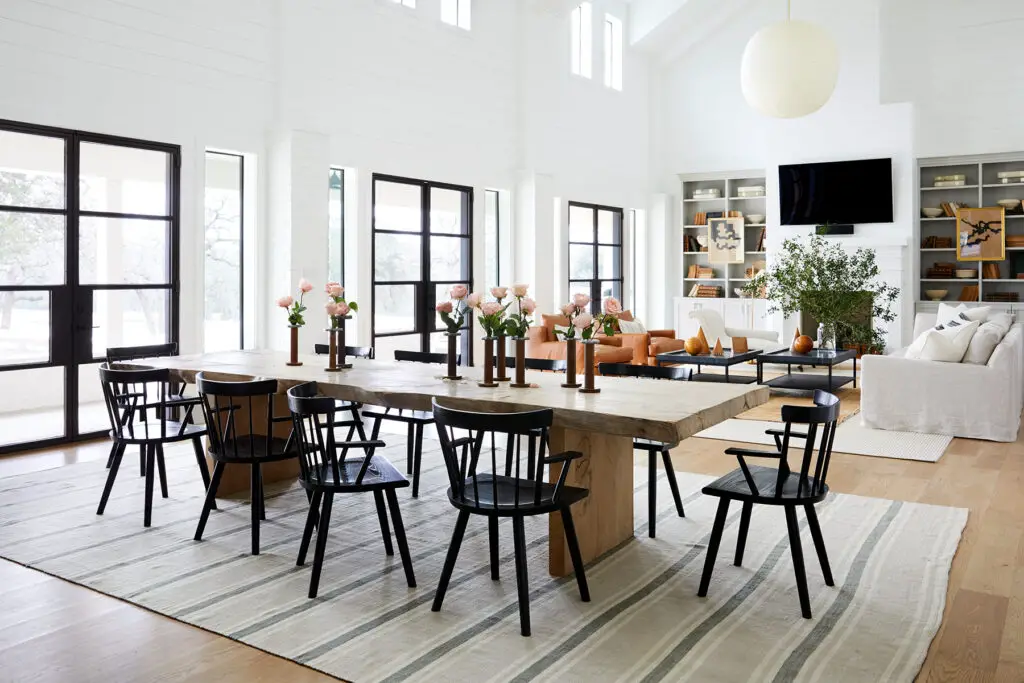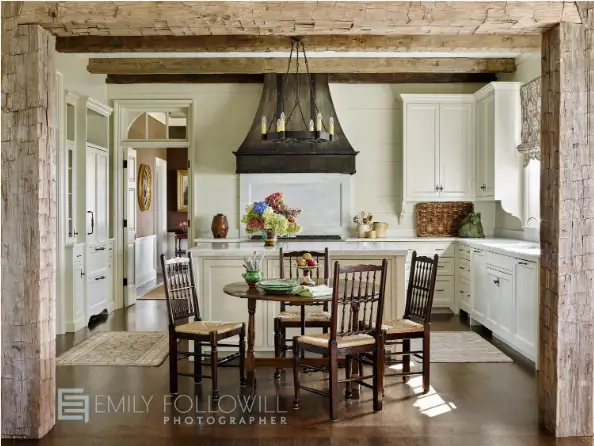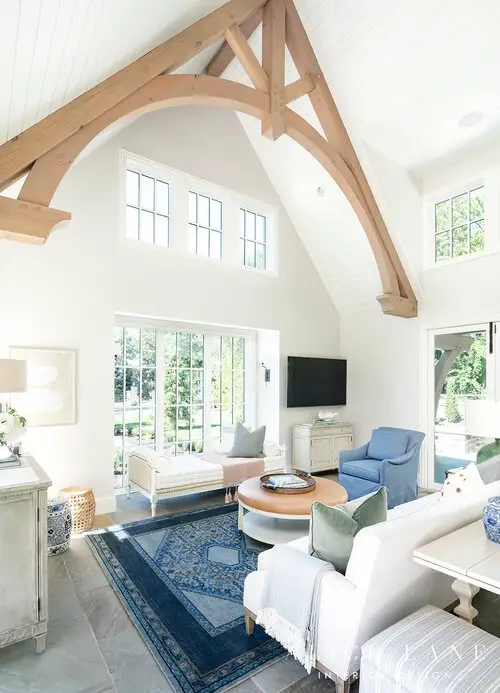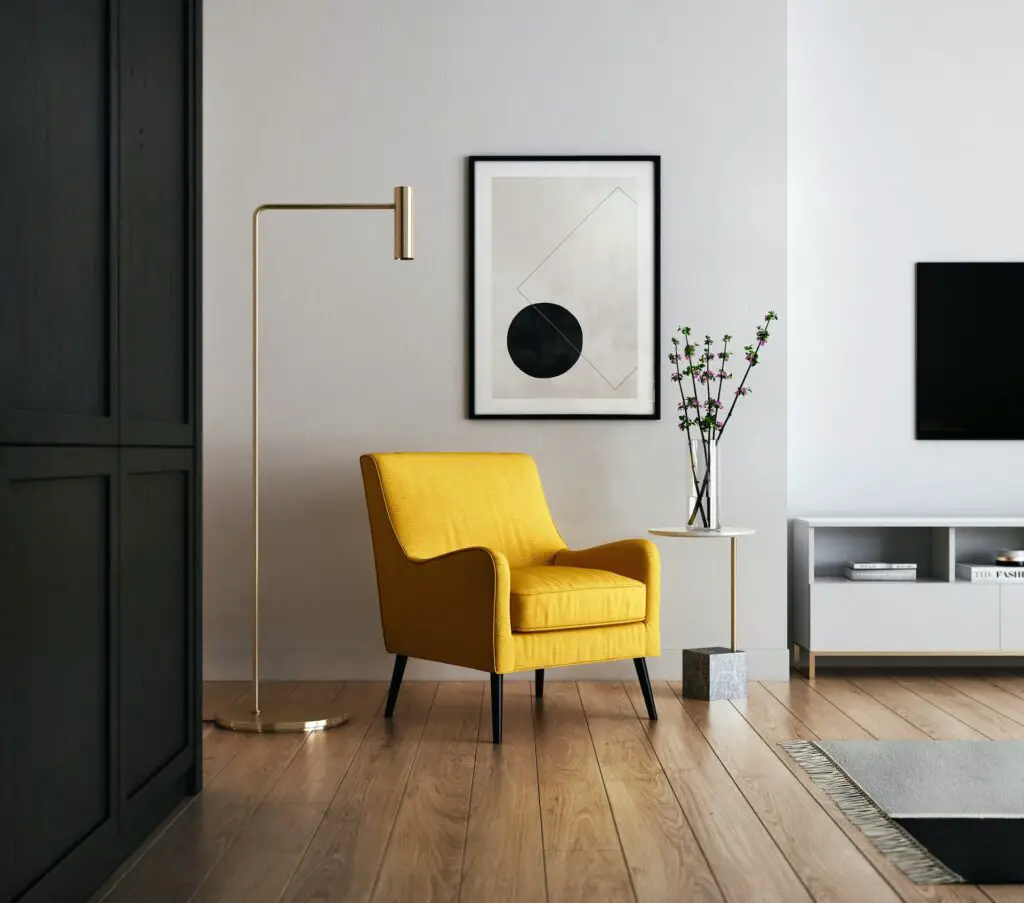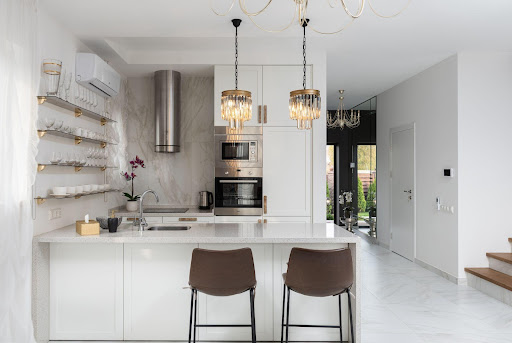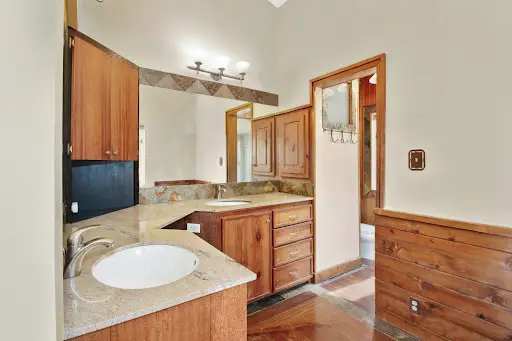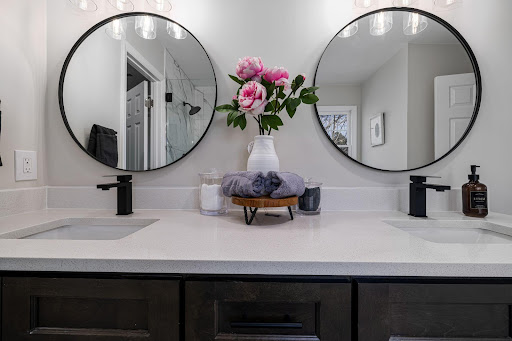A lot goes into making a home or transforming a room fit into your lifestyle. Interior decorations aim to create a welcoming, comfortable place to live in. It plays a significant role in mental and physical well-being. However, the elements to include in the designs depend on a person’s personality and preferences. This read will look at candles and their impact on home decorations. Let usbget rightnibto it.
Decorating a Home Using Candles
For many people, their home is a sacred place where they find comfort after a long day in the outside world, making it necessary to improve the interiors. Also, many professionals are working from home and need to decorate rooms. Integrating candles into your interior design is an excellent idea.
Candles are versatile in interior design as they come in varying shapes, colors, and sizes. Besides enhancing the aesthetics, some candles produce a fragrance to create a sweet aroma in interiors. Designers use them with other elements to influence the mood in a room. You don’t need to light them to affect the home atmosphere. Here is the impact the elements can have on your home;
Candles for Home Aesthetic
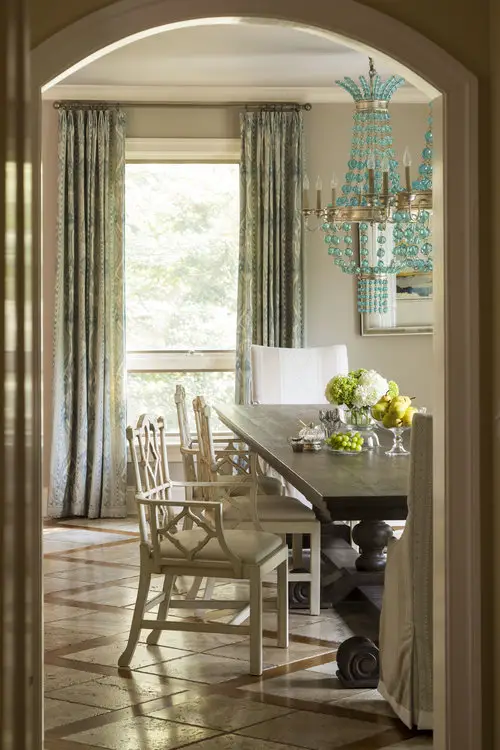
You can use candles independently in your home’s interior design or to complement other decor. There are numerous options to choose from when decorating with candles. It includes sophisticated and simple designs. To pick a suitable one for your home decorations, consider other decor elements and the interior design theme. Some styles require cylindrical candles, while others require a rectangular or square shape. Also, there are sculptured candles for a more prominent outlook.
One candle is not enough for interior decorations, and using one type of candle may not have the most impact. It would be best to compare the style to where you’ll place them in the house. The item’s raw materials will influence your choice when using them on furniture and other decor.
If you are worried about the safety of lighting candles at home, there are many types of enclosures to select for candles, like lanterns or glass. Still, you can go for the traditional candle holders if you implementing an ancient theme in interior decor. Candles with vibrant colors liven up a room, while those with neutral shades can tone down the atmosphere.
Candles for Ultimate Well-Being
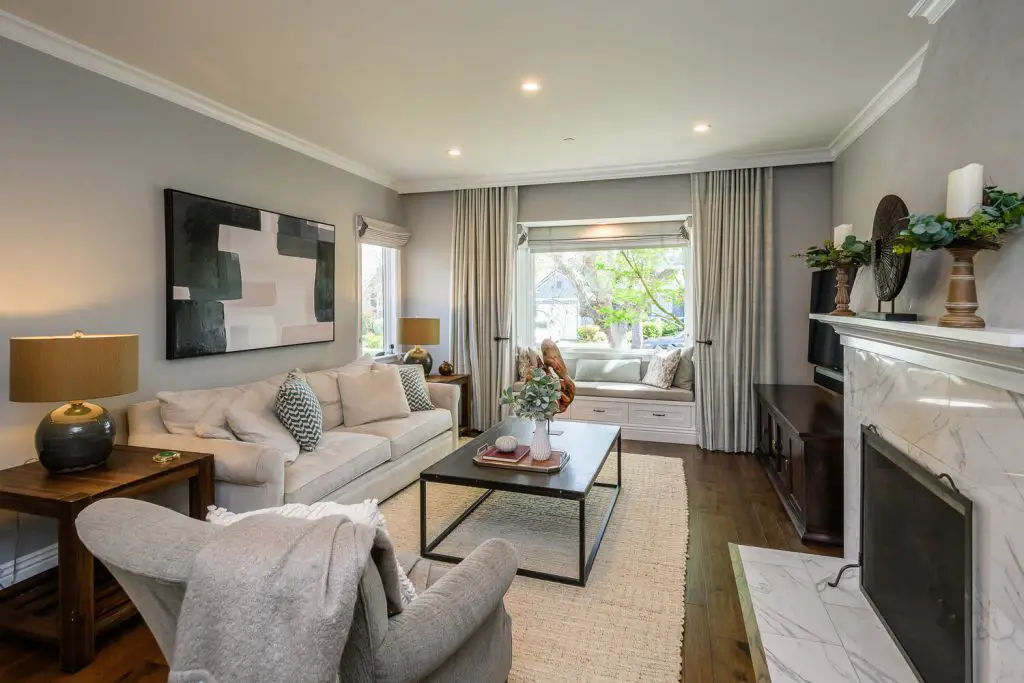
Candles positively impact a person’s mental health by integrating them into the living room, dining area, or bedroom. Lighting up a scented candle will make the room more comfortable and help you relax. It creates a fitting atmosphere to unwind and rejuvenate after a draining day. You can choose the candle scent and add other elements like fragrance oils for a room’s aroma.
If you engage in mental health rituals such as meditation and yoga, candles will support the lifestyle. In addition, you can use the decorative elements for other activities at home, like studying, watching movies, having a romantic dinner, or taking a bath. Integrating candles into your home interior design will promote good mental health, essential to productivity and ultimate well-being.
Thanks to boltze.com for consulting on this post.






